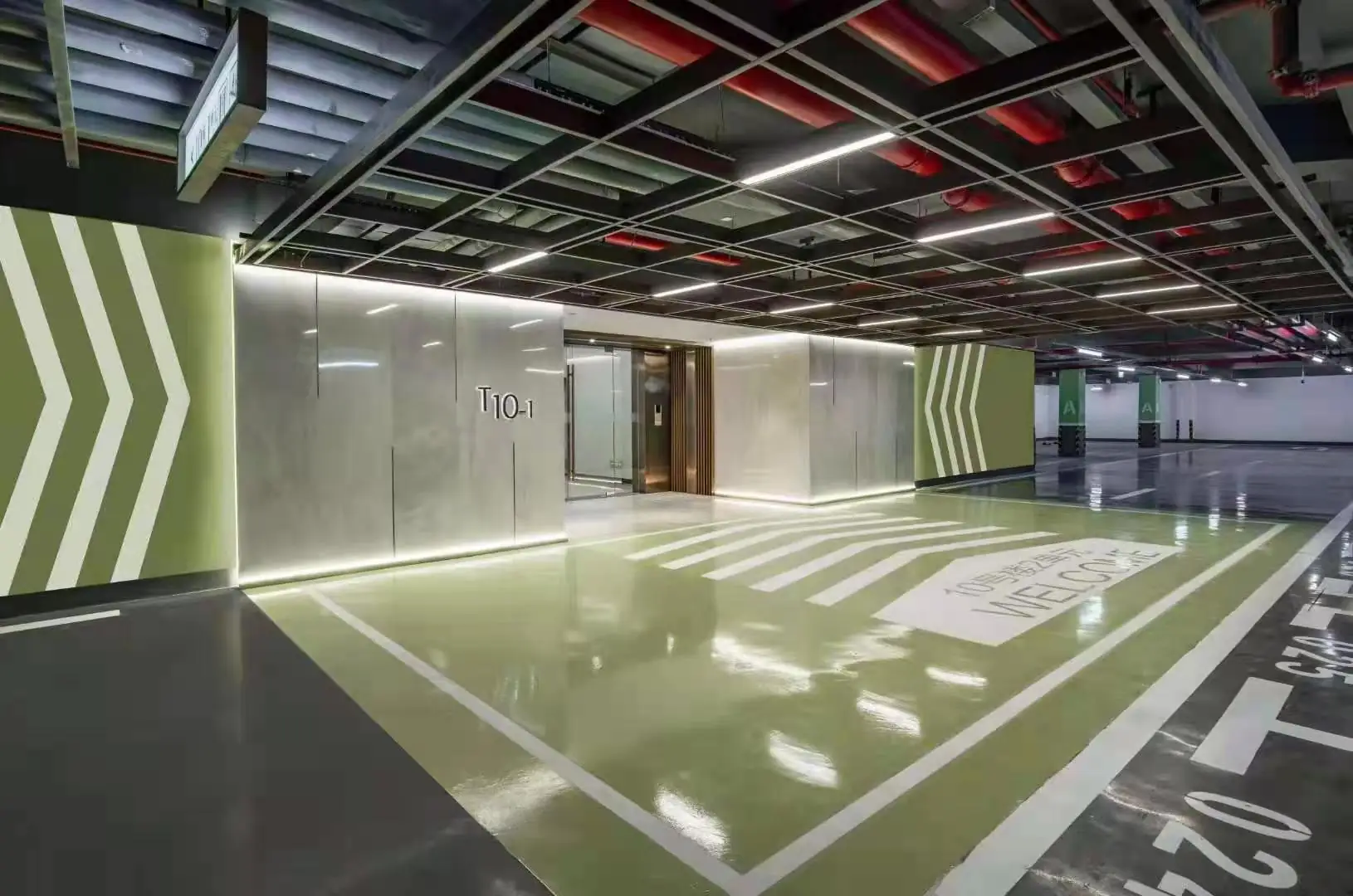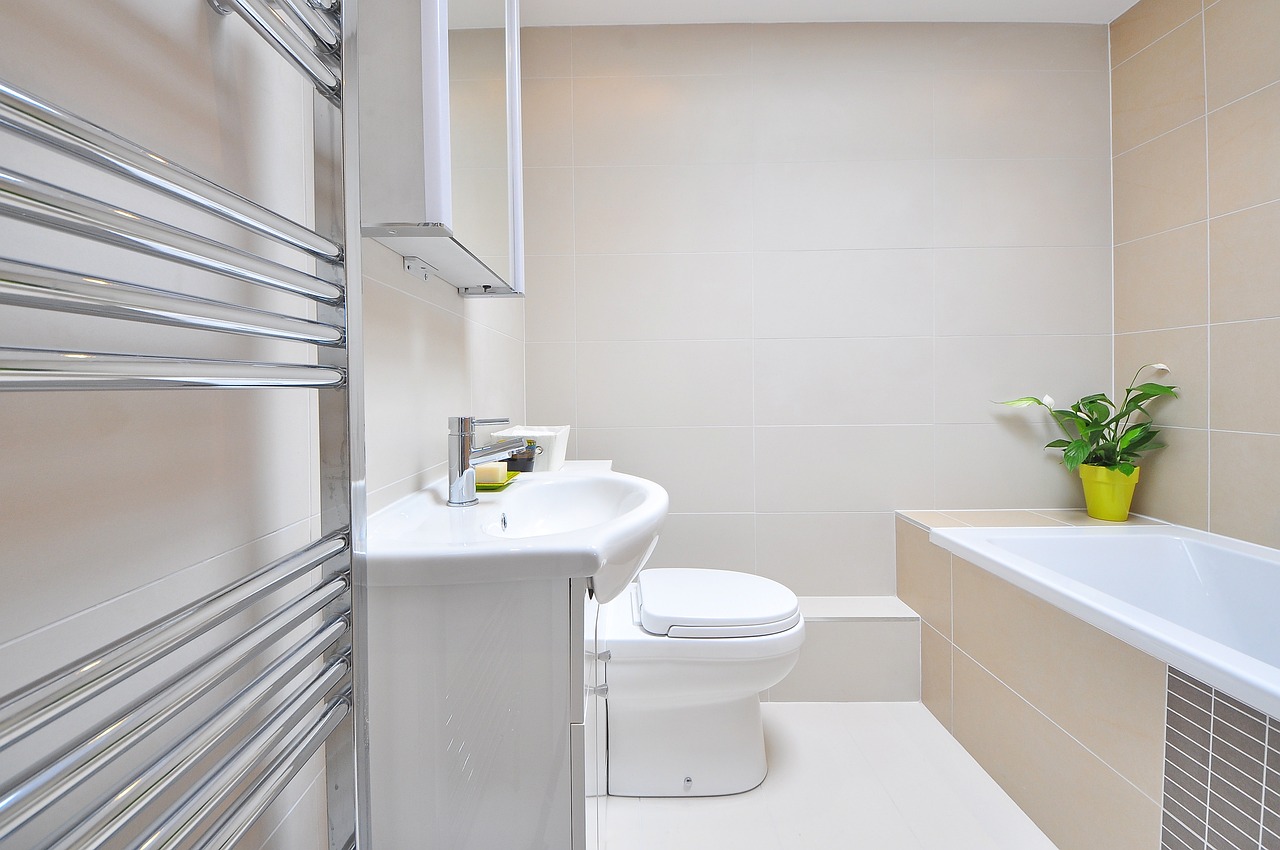
Polyurethane Dispersion Overview
Waterborne Polyurethane Dispersion (PUD) is one type of polyurethane. As the name suggests, it’s a polyurethane polymer that uses water as a solvent. It can also be called waterborne polyurethane. PUD can be used in both waterborne one-component formulas and two-component systems. Waterborne polyurethane dispersions usually consist of polyurethane resin, water and emulsifiers or surfactants. As a low VOC coating, it is popular in today’s trend of eco-friendly and is widely used.
The particle size of polyurethane resin is an important factor affecting the performance and stability of PUD. Smaller particle sizes generally improve film formation, appearance and mechanical properties of coatings. Stability is ultimately achieved through the use of surfactants or emulsifiers.
(To learn about product characterization data, please refer to – The Complete Guide to Choosing the Right Acrylic Emulsion.)
Advantages of Waterborne Polyurethane Dispersions (PUD)
Waterborne polyurethane dispersions are often considered a sustainable alternative to solvent-borne polyurethane systems.
Environmental friendly – low VOC and low hazardous air pollutants (HAP). Follow environmental protection regulations.
Excellent performance – excellent durability, flexibility, chemical resistance, adhesion, etc.
Compatibility – it is compatible with various substrates. Additionally, it can be mixed with other dispersions to enhance performance.
Safety – polyurethane dispersions are water-based, reducing the risk of flammability and toxicity. It’s safer to store.
Easy construction – use spraying, brushing or rolling for construction.
Versatility – It can be formulated for a variety of applications, including coatings on wood, metal, plastic and concrete substrates, as well as adhesives, sealants and textiles.

Polyurethane Dispersion (PUD) Uses
Because of polyurethane dispersion’s versatility and compatibility, it can be widely used in various industries such as automobiles, textiles, paints, coatings, construction, and packaging. The following are common uses:
Coating: it can be widely used in coatings on different substrates: wood coatings, plastic coatings, metal coatings, concrete waterproofing materials, floor coatings, etc.
Automotive applications: polyurethane dispersion has a variety of applications in the automotive industry, including auto parts, automotive interior coatings, seat fabrics, etc.
Packaging coatings: it is used as adhesives and coatings to improve the quality, ink adhesion and waterproof performance of paper products such as labels and packaging materials.
Adhesives and sealants: waterborne polyurethane dispersions adhesives and sealants for a variety of substrates, including wood, textiles, construction, etc.
Infinechem PUD Grade/Properties/Applications
IFC-2101: It is an anionic aliphatic polyether polyurethane dispersion. It is mainly used in one-component waterproof coatings. Because of its unique chemical structure, it has excellent mechanical properties and can resist acid and alkali. It has excellent durability and low temperature flexibility.
IFC-2102: It is an anionic aromatic polyether polyurethane dispersion designed for waterborne polyurethane waterproofing coatings for bathrooms, basements and non-exposed roofs. It has excellent mechanical properties. It has good adhesion to cement-based substrates even after being soaked in water.
Polyurethane Dispersions Summary
As you can see, PUD is more eco-friendly than solvent-based polyurethane systems and has the characteristics of polyurethane. It has become a superior alternative to solvent-based paints. Choosing high-quality PUD can enhance the durability of the product and contribute to environmental protection.

